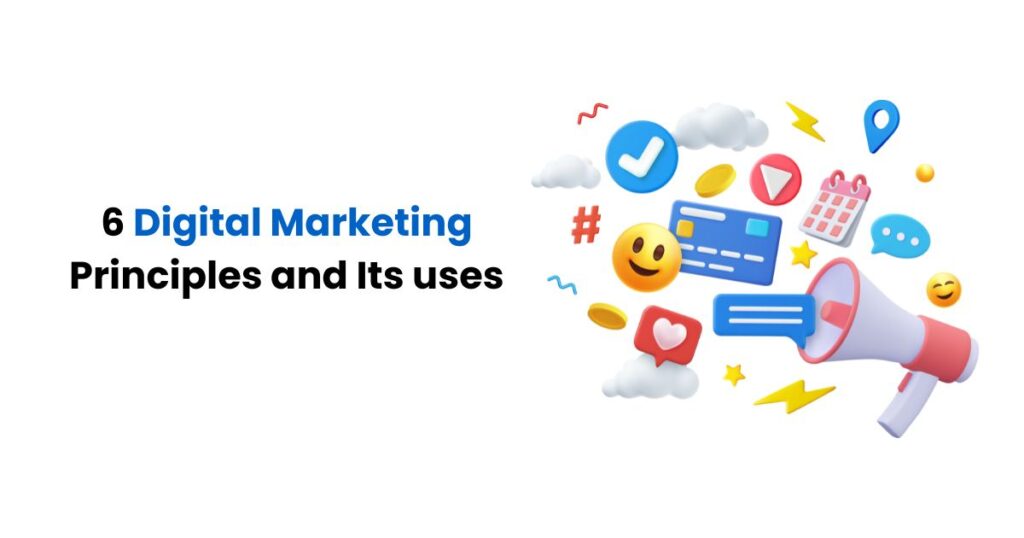Web Development Services in Improving Website Accessibility
In today’s digital age, websites are not just platforms for sharing information or conducting business; they are the gateways to a world of information, services, and opportunities. However, not everyone can access and navigate these digital landscapes with the same ease. To ensure inclusivity, it’s crucial that websites are designed and developed with accessibility in mind. Web development services play a pivotal role in making this a reality.
In this blog, we will explore the importance of website accessibility and how web development services can improve it. We’ll dive into the key aspects of web accessibility, the challenges faced by individuals with disabilities, and the solutions offered by web developers to create a more inclusive online experience.
Understanding Web Accessibility

Web accessibility refers to the practice of designing and developing websites in a way that makes them usable and understandable by everyone, regardless of their physical or cognitive abilities. It aims to remove barriers and provide equal access to online content and services. Accessibility is not just a legal requirement in many places, but also a moral and ethical obligation to create a more inclusive digital environment.
Key Aspects of Web Accessibility

To ensure web accessibility, developers and designers need to address several key aspects:
Content: Making sure that the content on the website is perceivable, understandable, and operable by a wide range of users, including those with disabilities. This involves using alternative text for images, providing transcripts for multimedia content, and creating clear and simple language.
Navigation: Designing user-friendly navigation that can be easily operated with various input methods, such as keyboard navigation or screen readers. Logical and consistent page structures are crucial.
Interactive Elements: Ensuring that interactive elements, like forms and buttons, are accessible and easily understandable. This includes labels for form fields and well-structured forms.
Visual Design: Choosing color schemes, fonts, and text sizes that are legible and provide enough contrast for users with visual impairments. Avoiding design elements that may trigger seizures or distract users.
Multimedia: Providing accessible alternatives to multimedia content like audio and video, including captions and transcripts.
Challenges Faced by Individuals with Disabilities

To understand the significance of web accessibility, it’s essential to recognize the challenges faced by individuals with disabilities when using websites. Some common challenges include:
Visual Impairments: Individuals with visual impairments rely on screen readers or braille displays to access web content. Inaccessible websites with poor alt text for images or complex layouts can make navigation difficult.
Hearing Impairments: Deaf or hard-of-hearing individuals may rely on captions or transcripts for video content. Lack of these features can lead to exclusion.
Motor Disabilities: People with motor disabilities may use alternative input devices like keyboards or voice recognition software. Sites with complex or non-standard navigation can be challenging to use.
Cognitive Disabilities: Some users may have cognitive impairments that affect their ability to process information. Complex language or confusing navigation can make it difficult for them to access content.
Seizure Disorders: Websites with rapidly flashing or blinking content can trigger seizures in individuals with epilepsy.
Aging Populations: As the population ages, there’s a growing need for websites that are easy to use for seniors who may have declining physical or cognitive abilities.
How Web Development Services Improve Website Accessibility

Web development services are essential in making websites accessible to all users. Here’s how they can contribute to improving website accessibility:
Semantic HTML: Web developers use semantic HTML to create a well-structured foundation for websites. This helps screen readers and other assistive technologies understand and convey the content correctly.
Responsive Design: Web development services ensure that websites are responsive and adapt to various screen sizes and devices, making them accessible to users with different technologies.
Keyboard Navigation: Developers create keyboard-friendly navigation and interactive elements, enabling users who can’t use a mouse to navigate the site efficiently.
Testing and Validation: Web development services include thorough testing and validation using tools and assistive technologies to identify and fix accessibility issues.
Accessible Forms: Developers make forms accessible by adding proper labels, hints, and error messages, allowing all users to interact with them without confusion.
Alternative Text: Web developers add descriptive alt text to images, ensuring that users with visual impairments can understand the content and context.
Audio and Video Transcripts: Multimedia content is made accessible with transcripts, captions, and audio descriptions, making it inclusive for all users.
Focus Indicators: Developers create clear focus indicators to show where a user is currently navigating on the site, helping users with motor disabilities.
Color Contrast: Developers pay attention to color contrast, ensuring that text and elements are easily readable for users with visual impairments.
User Testing: In the web development process, usability testing with individuals who have disabilities can identify issues that need to be addressed to enhance accessibility.
The Legal and Ethical Imperative

Apart from the moral obligation to create inclusive online spaces, there are legal requirements for web accessibility in many regions, including the Americans with Disabilities Act (ADA) in the United States and the Web Content Accessibility Guidelines (WCAG) internationally. Non-compliance can result in legal action and fines. Ensuring web accessibility is not just a matter of avoiding legal consequences but is also a way to reach a broader audience and demonstrate a commitment to inclusivity and social responsibility.
Conclusion
Web accessibility is an essential aspect of web development services. It ensures that websites are welcoming to everyone, regardless of their physical or cognitive abilities.
Making the internet accessible not only complies with legal requirements but also reflects a commitment to inclusivity, diversity, and ethical responsibility. In an increasingly digital world, web development services that prioritize accessibility help build a more equitable online environment and provide equal opportunities for all.













